| View previous topic :: View next topic |
| Author |
Message |
blotafton


Joined: 08 Aug 2013
Posts: 1607
Location: Sweden
|
 Posted: Tue Mar 14, 2023 7:43 pm Post subject: Posted: Tue Mar 14, 2023 7:43 pm Post subject: |
 |
|
blotafton wrote:
Thanks guys! I have been looking at some test shots now and gotten a pretty good understanding on sensor coverage. I have a few 6x6 and 645 lenses too when needed. |
|
| Back to top |
|
 |
calvin83


Joined: 12 Apr 2009
Posts: 7555
Location: Hong Kong
|
 Posted: Wed Mar 15, 2023 1:39 am Post subject: Posted: Wed Mar 15, 2023 1:39 am Post subject: |
 |
|
calvin83 wrote:
| KEO wrote: |
The less-talked-about problem is the distortions you get at the edges of the frame. For example, you might have nice, round soap bubble highlights in the center of the image, then as you move toward the edges you get narrower and narrower cat's eyes, and eventually you get very unpleasant squashed bananas at the far edges.
It's not just bokeh highlights though - you get all the worst distortion characteristics you normally don't see in FF.
|
We can make good use of this character. For example, some lens become swirl in the edge of 44x33 sensor which makes them become a mini biotar. 
_________________
https://lensfever.com/
https://www.instagram.com/_lens_fever/
The best lens is the one you have with you. |
|
| Back to top |
|
 |
eggplant


Joined: 27 May 2020
Posts: 517
|
 Posted: Wed Mar 15, 2023 11:31 am Post subject: Posted: Wed Mar 15, 2023 11:31 am Post subject: |
 |
|
eggplant wrote:
Additionally, not just optical vignetting, but possibly unhelpful field curvature at the edges of an image that make it in focus when you otherwise didn't want to.
That happens on some large aperture 50mm lenses on 35mm, so I assume it would happen on GFX, but I'm curious if there's decent correction for field curvature over 35mm, how far would it extend to GFX.
In other words, how well balanced is the correction.
In general though the optical vignetting is bothersome before considering this.
_________________
UK |
|
| Back to top |
|
 |
calvin83


Joined: 12 Apr 2009
Posts: 7555
Location: Hong Kong
|
 Posted: Wed Mar 15, 2023 1:10 pm Post subject: Posted: Wed Mar 15, 2023 1:10 pm Post subject: |
 |
|
calvin83 wrote:
Due to the design of the GFX camera, the sensor stack is thicker than most full frame MILC. Field curvature might become more prominent toward the corners.
| Quote: |
| Which exposes the last piece of glass in the stack. These are usually tightly glued to the sensor, we often break them trying to get them off, and we could measure it in place, so we left it. The sensor stack had three pieces of glass measured at 0.9mm for the top, 1.34mm total for the second sandwich, and 1mm glued to the sensor. That’s 3.24mm of total glass thickness for those of you interested, not counting the two air gaps between the glass plates. |
https://www.lensrentals.com/blog/2020/08/the-fujifilm-gfx-100-vs-salt-water-teardown/
P.S. I bet my petzval projection lenses will perform wonderfully on GFX. 
_________________
https://lensfever.com/
https://www.instagram.com/_lens_fever/
The best lens is the one you have with you. |
|
| Back to top |
|
 |
KEO


Joined: 27 Sep 2018
Posts: 771
Location: USA
|
 Posted: Wed Mar 15, 2023 7:37 pm Post subject: Posted: Wed Mar 15, 2023 7:37 pm Post subject: |
 |
|
KEO wrote:
| calvin83 wrote: |
| KEO wrote: |
The less-talked-about problem is the distortions you get at the edges of the frame. For example, you might have nice, round soap bubble highlights in the center of the image, then as you move toward the edges you get narrower and narrower cat's eyes, and eventually you get very unpleasant squashed bananas at the far edges.
It's not just bokeh highlights though - you get all the worst distortion characteristics you normally don't see in FF.
|
We can make good use of this character. For example, some lens become swirl in the edge of 44x33 sensor which makes them become a mini biotar.  |
True!
BTW, the CZJ Biotar 58 is one of the lenses that fully covers the GFX sensor with no vignetting at all. It's fantastic - and you'll get swirly bokeh like you've never seen before! |
|
| Back to top |
|
 |
calvin83


Joined: 12 Apr 2009
Posts: 7555
Location: Hong Kong
|
 Posted: Thu Mar 16, 2023 1:02 am Post subject: Posted: Thu Mar 16, 2023 1:02 am Post subject: |
 |
|
calvin83 wrote:
| KEO wrote: |
| calvin83 wrote: |
| KEO wrote: |
The less-talked-about problem is the distortions you get at the edges of the frame. For example, you might have nice, round soap bubble highlights in the center of the image, then as you move toward the edges you get narrower and narrower cat's eyes, and eventually you get very unpleasant squashed bananas at the far edges.
It's not just bokeh highlights though - you get all the worst distortion characteristics you normally don't see in FF.
|
We can make good use of this character. For example, some lens become swirl in the edge of 44x33 sensor which makes them become a mini biotar.  |
True!
BTW, the CZJ Biotar 58 is one of the lenses that fully covers the GFX sensor with no vignetting at all. It's fantastic - and you'll get swirly bokeh like you've never seen before! |
I think Helios 44 should be able to cover the whole sensor too. 
_________________
https://lensfever.com/
https://www.instagram.com/_lens_fever/
The best lens is the one you have with you. |
|
| Back to top |
|
 |
KEO


Joined: 27 Sep 2018
Posts: 771
Location: USA
|
 Posted: Thu Mar 16, 2023 5:45 pm Post subject: Posted: Thu Mar 16, 2023 5:45 pm Post subject: |
 |
|
KEO wrote:
| calvin83 wrote: |
I think Helios 44 should be able to cover the whole sensor too.  |
My old silver KMZ one did, but my newer black Valdai 44-M4 didn't quite. |
|
| Back to top |
|
 |
calvin83


Joined: 12 Apr 2009
Posts: 7555
Location: Hong Kong
|
 Posted: Fri Mar 17, 2023 12:39 pm Post subject: Posted: Fri Mar 17, 2023 12:39 pm Post subject: |
 |
|
calvin83 wrote:
| KEO wrote: |
| calvin83 wrote: |
I think Helios 44 should be able to cover the whole sensor too.  |
My old silver KMZ one did, but my newer black Valdai 44-M4 didn't quite. |
Then get the old one. 
_________________
https://lensfever.com/
https://www.instagram.com/_lens_fever/
The best lens is the one you have with you. |
|
| Back to top |
|
 |
cbass

Joined: 27 Jul 2019
Posts: 446
|
 Posted: Fri Mar 17, 2023 3:20 pm Post subject: Posted: Fri Mar 17, 2023 3:20 pm Post subject: |
 |
|
cbass wrote:
| calvin83 wrote: |
I think Helios 44 should be able to cover the whole sensor too.  |
If true, then the Helios 44 is the best deal lens I have. I love that lens. Sharp wide open. Amazing bokeh that can vary from extremely smooth to special effects swirly. Sharp corner to corner starting from f/4. Excellent color. Virtually no chromatic aberration. Now you are telling me it covers the GFX sensor. I can see now why it had such a long production run. |
|
| Back to top |
|
 |
KEO


Joined: 27 Sep 2018
Posts: 771
Location: USA
|
 Posted: Sat Mar 18, 2023 6:25 pm Post subject: Posted: Sat Mar 18, 2023 6:25 pm Post subject: |
 |
|
KEO wrote:
| stevemark wrote: |
| Back in 2020, I had been testing the 50S (not the 50SII), and I would love to hear more about your experiences with the 50SII (including your "specific purposes" ...). |
Here are some of my thoughts about the GFX50SII, in no particular order, mainly focusing on things I don't often see discussed, and taking note that you've used a GFX camera before.
The full electronic shutter has extremely high - almost comically high - shutter shake. It's really only usable with a tripod, unless you specifically want fun-house mirror distortions in your shot. You can get some entertainig results by playing around with this deliberately. Luckily it's not really a problem, since the half-mechanical/half-electronic automatic shutter works great in almost all situations - and of course there's always full mechanical shutter for the rest.
I can't say I'm an expert on EVFs, but the one on the GFX50SII seems quite good. I've never had a problem with it. I did buy an extended eyecup for it, since I wear glasses. The diopter doesn't adjust quite far enough for me to use my naked eye, unfortunately. I used to have a Sony A6300, and the diopter on that one did allow me to use my naked eye, which was nice.
The LCD screen is fine, but it has one weakness. I often walk around with a portable flash unit and take handheld macro shots of bugs or flowers or whatever I might find. The LCD screen simply doesn't refresh fast enough (presumably because of the large sensor size) to handle the quick, fine movements at high magnifications. This makes handheld macro focusing extremely difficult - much more difficult than with my X-T2. I haven't tried the EVF for this kind of shooting, since it's almost always done at peculiar angles and positions.
The IBIS on this camera is superb. In fact, I find it significantly easier to shoot low shutter speed handheld shots with the GFX50SII than I do with my X-T2.
The ergonomics are excellent. I don't have especially large hands, but I find the camera extremely comfortable to handle and manipulate, even with fairly large, heavy lenses. This is true even though the camera itself is not extremely large and heavy. With a small, light lens like the 85mm f/2 AiS Nikkor I'm always recommending, it's a great walkaround camera.
If you want to know anything else, just ask. |
|
| Back to top |
|
 |
cbass

Joined: 27 Jul 2019
Posts: 446
|
 Posted: Sat Mar 18, 2023 8:32 pm Post subject: Posted: Sat Mar 18, 2023 8:32 pm Post subject: |
 |
|
cbass wrote:
I wasn't asked, but I will put in my 2 cents. The 50s II is a significant improvement in two areas. The first is IBIS. It is 6.5 stops and better than even it's bigger brother 100s which is 6 stops. Also, the shutter blackout. It was pretty bad on the 50s and the 50s II is significantly improved. The auto focus is also supposed to be improved, but honestly, it's not that much. Both are contrast AF systems which are much slower than what is possible today. Even the 100s with PDAF pixels has slower auto focus than what FF cameras of today can do.
The 50s was a landscape, studio, and product camera intended to be used largely on a tripod. With the addition of IBIS the 50s II can be used handheld with success in additional shooting scenarios. The 35-70 kit lens added is nice and small although pretty slow, but it makes it more palatable to travel with a GFX and not be too much larger than FF.
I still prefer the retro dials of the 50s, but I can see some preferring the more standard DSLR PASM on the 50s II. I also prefer the side loading battery on the 50s as it's easier to swap while on a tripod. The 50s II has a bottom loading battery like most cameras. I also prefer the removeable EVF.
For the best IQ the mini MF is better. For autofocus and fast-moving subjects FF still is best. The IQ is interesting because some FF can have better performance at super high ISO ranges and sometimes can have better highlight recovery. Where the GFX shines is in landscapes where you can recover shadow detail with great clarity and retain color. Here there is no FF sensor that can currently compete. The GFX files can be pushed a lot without falling apart. It’s extremely difficult to break a GFX RAW file. I also think the GFX handling of spectral highlights is better from what I have seen.
The only thing IMO that makes mini MF a serious consideration now is due to how much prices have fallen to the point they are competitive with high end FF systems. Those FF systems will be faster and more accurate with AF. If you need the speed then FF is your choice. If you need the better IQ, then mini MF is now within a palatable price range and now has IBIS.
Last edited by cbass on Sat Mar 18, 2023 10:38 pm; edited 2 times in total |
|
| Back to top |
|
 |
calvin83


Joined: 12 Apr 2009
Posts: 7555
Location: Hong Kong
|
 Posted: Sat Mar 18, 2023 8:52 pm Post subject: Posted: Sat Mar 18, 2023 8:52 pm Post subject: |
 |
|
calvin83 wrote:
The 100MP sensor has much faster readout if operated in 14bit mode compare to the 50MP sensor. Form my experience handhelding a 100S + Leica 100 macro, I can do handheld macro up to 1:2 magnification with EFCS in 14bit mode. I can feel the refresh rate on the LCD slightly not as fast as compare to a full frame MILC with BSI sensor though. Although readout speed on the 100MP sensor is faster compare to 50MP sensor, it still take 1/6s to complete a full sensor readout as tested by Jim.
IBIS is very effective on both 50SII and 100/100S. I can feel the camera shaking from the stabilization module when using a 500 mirror lens. Without IBIS, it is very hard to focus using such long focal length lens.
_________________
https://lensfever.com/
https://www.instagram.com/_lens_fever/
The best lens is the one you have with you. |
|
| Back to top |
|
 |
KEO


Joined: 27 Sep 2018
Posts: 771
Location: USA
|
 Posted: Sun Mar 19, 2023 8:45 pm Post subject: Posted: Sun Mar 19, 2023 8:45 pm Post subject: |
 |
|
KEO wrote:
I would say the type of shooting where you'll see the biggest difference with a GFX sensor (50 or 100) is portraits - any kind of portraits. That's where the falloff and the relative depth of the focal plane and the crop factor are most noticeable. Portraits with my 50SII are gorgeous, and everyone I show them to notices the difference.
I also prefer the manual retro dials on top of my X-T2, but the PASM dial on the 50SII is no problem at all.
My biggest problem so far has been that I got my 50SII late last summer, and most of the time since then has been taken up by a long, cold winter. I haven't had much urge to haul the new camera out in freezing conditions, so I haven't used it nearly as much as I'd like. |
|
| Back to top |
|
 |
cbass

Joined: 27 Jul 2019
Posts: 446
|
 Posted: Mon Mar 20, 2023 12:47 am Post subject: Posted: Mon Mar 20, 2023 12:47 am Post subject: |
 |
|
cbass wrote:
| KEO wrote: |
I would say the type of shooting where you'll see the biggest difference with a GFX sensor (50 or 100) is portraits - any kind of portraits. That's where the falloff and the relative depth of the focal plane and the crop factor are most noticeable. Portraits with my 50SII are gorgeous, and everyone I show them to notices the difference.
I also prefer the manual retro dials on top of my X-T2, but the PASM dial on the 50SII is no problem at all.
My biggest problem so far has been that I got my 50SII late last summer, and most of the time since then has been taken up by a long, cold winter. I haven't had much urge to haul the new camera out in freezing conditions, so I haven't used it nearly as much as I'd like. |
In my opinion there is also a difference with landscapes as well especially when it comes to tones as well as retaining clean shadows and vibrant colors instead of going muddy when you pull. |
|
| Back to top |
|
 |
KEO


Joined: 27 Sep 2018
Posts: 771
Location: USA
|
 Posted: Tue Mar 21, 2023 4:57 pm Post subject: Posted: Tue Mar 21, 2023 4:57 pm Post subject: |
 |
|
KEO wrote:
| cbass wrote: |
| KEO wrote: |
I would say the type of shooting where you'll see the biggest difference with a GFX sensor (50 or 100) is portraits - any kind of portraits. That's where the falloff and the relative depth of the focal plane and the crop factor are most noticeable. Portraits with my 50SII are gorgeous, and everyone I show them to notices the difference.
I also prefer the manual retro dials on top of my X-T2, but the PASM dial on the 50SII is no problem at all.
My biggest problem so far has been that I got my 50SII late last summer, and most of the time since then has been taken up by a long, cold winter. I haven't had much urge to haul the new camera out in freezing conditions, so I haven't used it nearly as much as I'd like. |
In my opinion there is also a difference with landscapes as well especially when it comes to tones as well as retaining clean shadows and vibrant colors instead of going muddy when you pull. |
The GFX50 sensor has wonderful dynamic range. I've taken very under-exposed shots then brightened the whole image on the computer and they turned out great.
From what I've seen I'd say that difference is even greater with the GFX 100s. |
|
| Back to top |
|
 |
calvin83


Joined: 12 Apr 2009
Posts: 7555
Location: Hong Kong
|
 Posted: Tue Mar 21, 2023 5:11 pm Post subject: Posted: Tue Mar 21, 2023 5:11 pm Post subject: |
 |
|
calvin83 wrote:
The 100MP sensor will have some edges over the 50MP sensor on the DR, especially at higher ISOs due the dual gain design.
https://www.photonstophotos.net/Charts/PDR.htm#FujiFilm%20GFX%20100S,FujiFilm%20GFX%2050S,FujiFilm%20GFX%2050S%20II,FujiFilm%20X-H2,FujiFilm%20X-H2S
_________________
https://lensfever.com/
https://www.instagram.com/_lens_fever/
The best lens is the one you have with you. |
|
| Back to top |
|
 |
Advaita
Joined: 19 Jun 2021
Posts: 19
Location: South of Canada
|
 Posted: Sat Sep 30, 2023 2:07 am Post subject: Posted: Sat Sep 30, 2023 2:07 am Post subject: |
 |
|
Advaita wrote:
Just tested some of vintage lenses for coverage with a GFX 100s. Sharpness wasn't a priority so shouldn't be judged for that. This will be long!
Helios 44-4 f2 4:3

Helios 44-4 f2 3:2

Helios 44-4 f5.6 4:3

Helios 44-4 f5.6 3:2
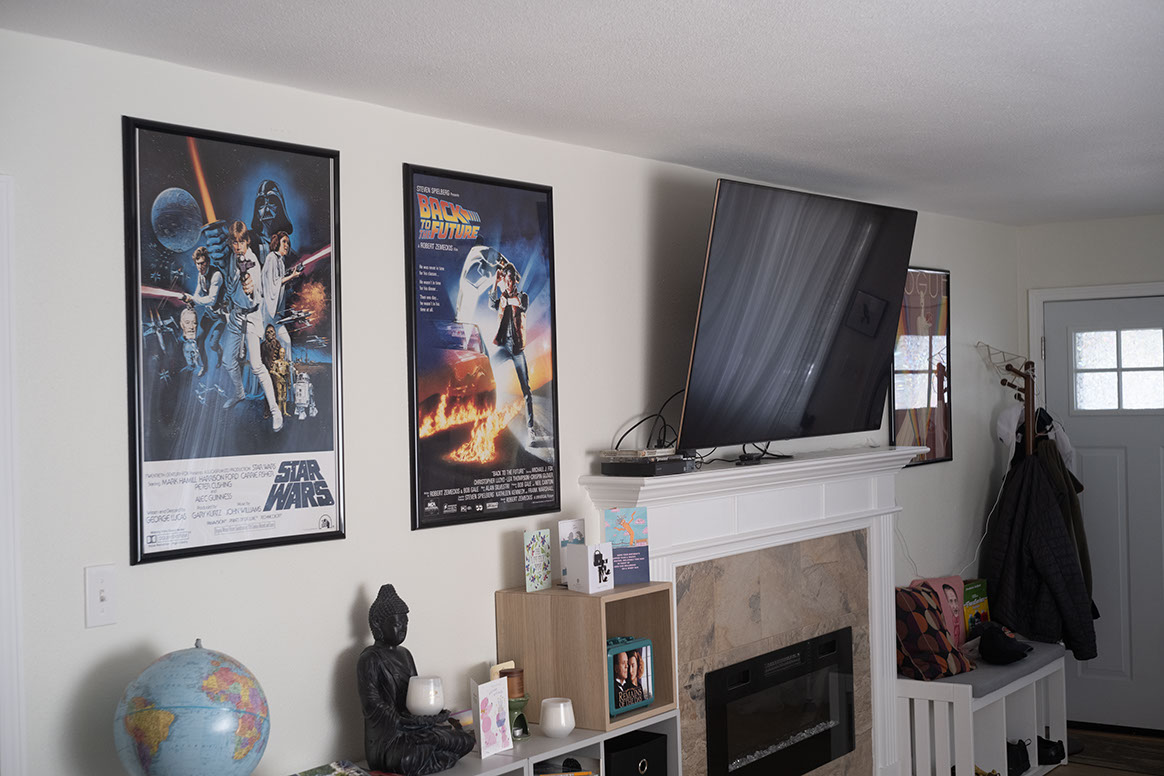
Minolta 35-70mm 35mm f3.5 4:3
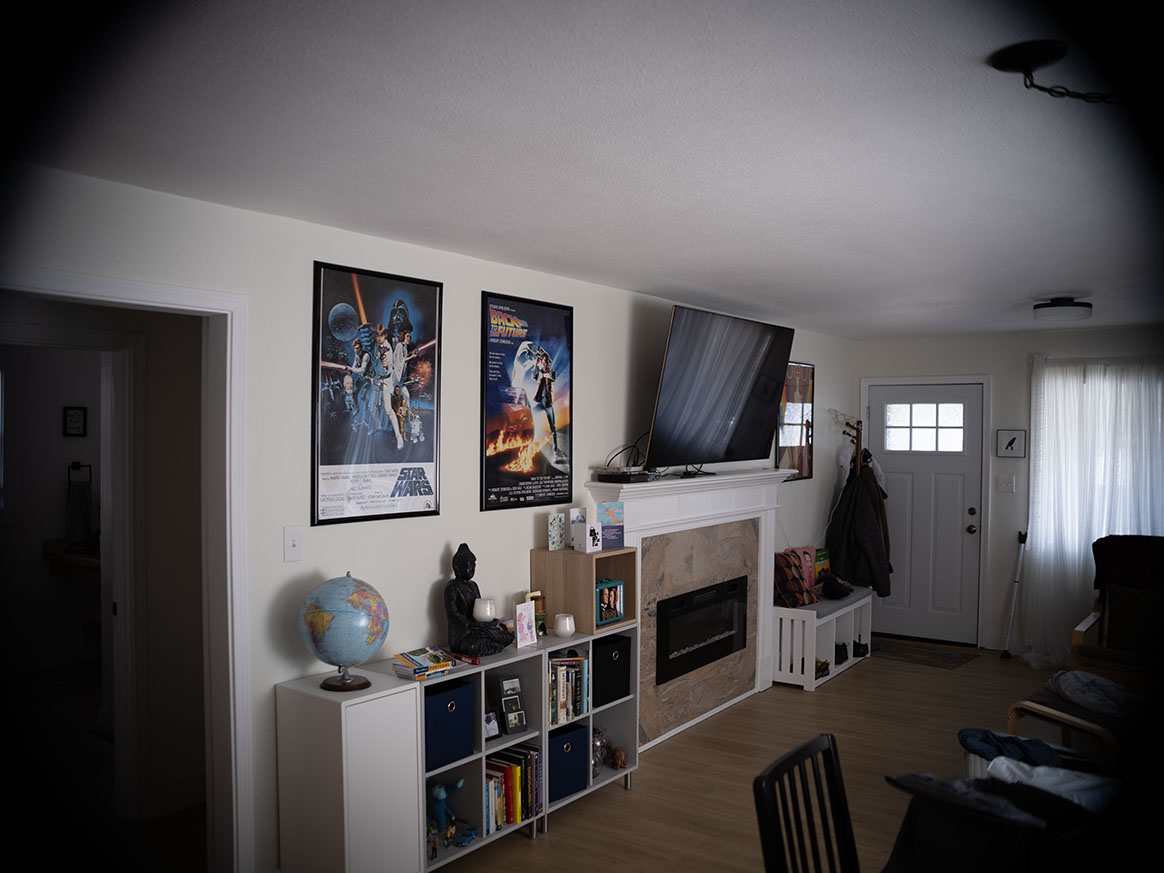
Minolta 35-70mm 35mm f3.5 3:2
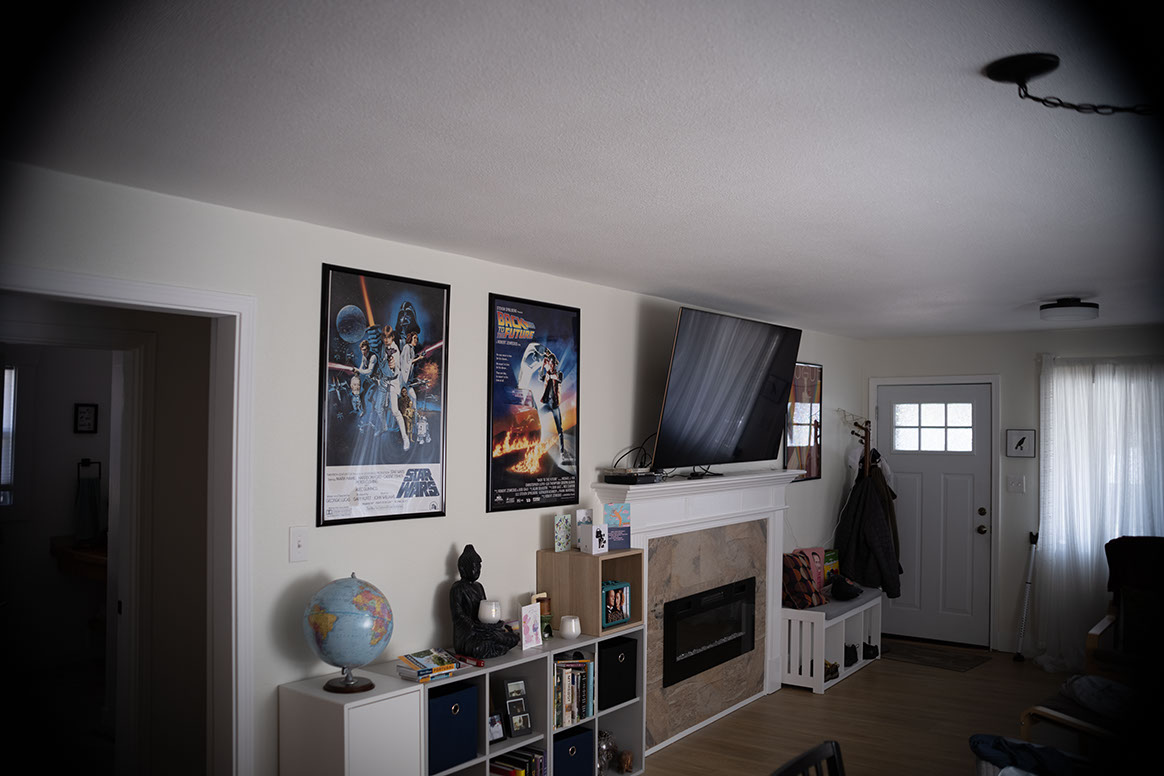
Minolta 35-70mm 50ishmm f3.5 4:3

Minolta 35-70mm 50ishmm f3.5 3:2
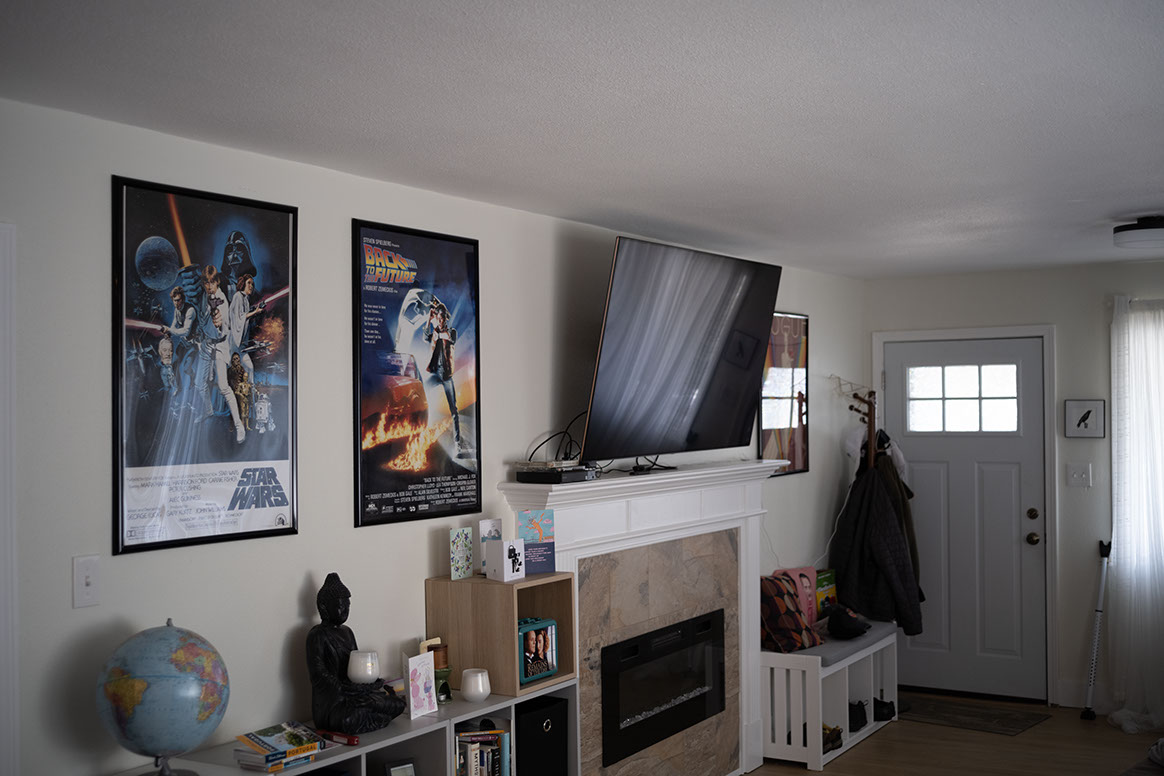
Minolta 35-70mm 70mm f3.5 4:3

Minolta 35-70mm 70mm f3.5 3:2
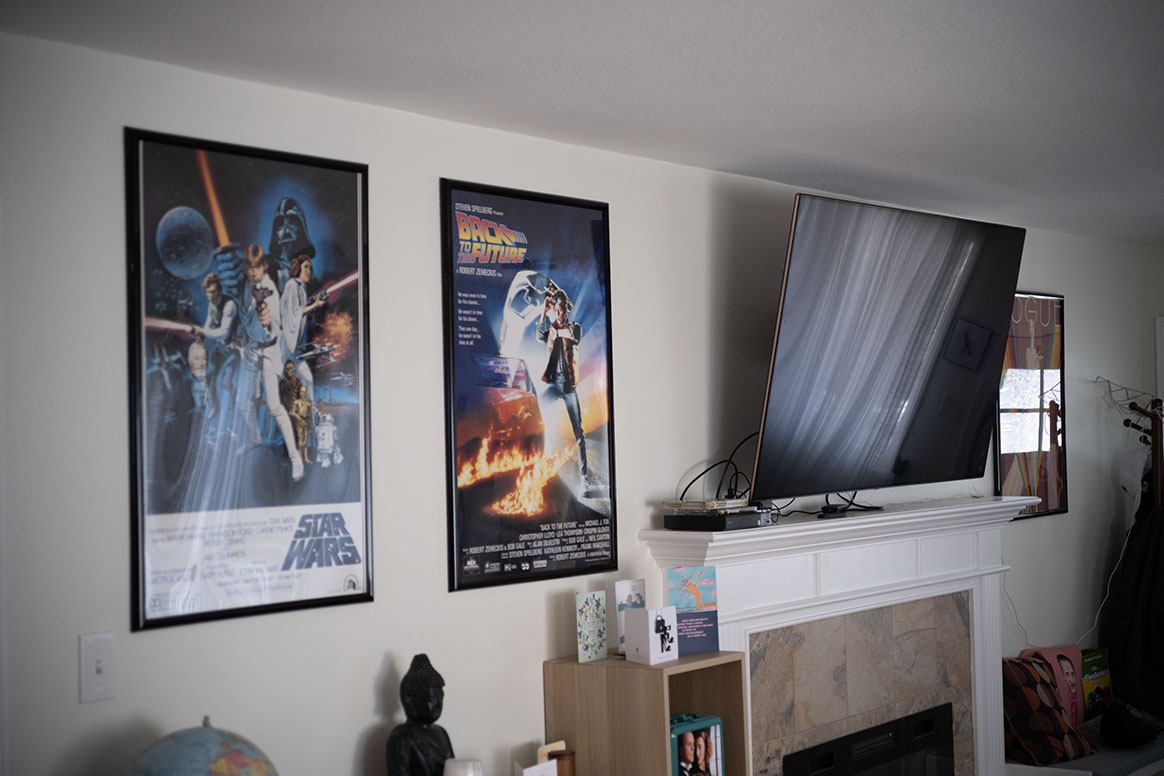
Minolta 35-70mm 70mm f11 4:3
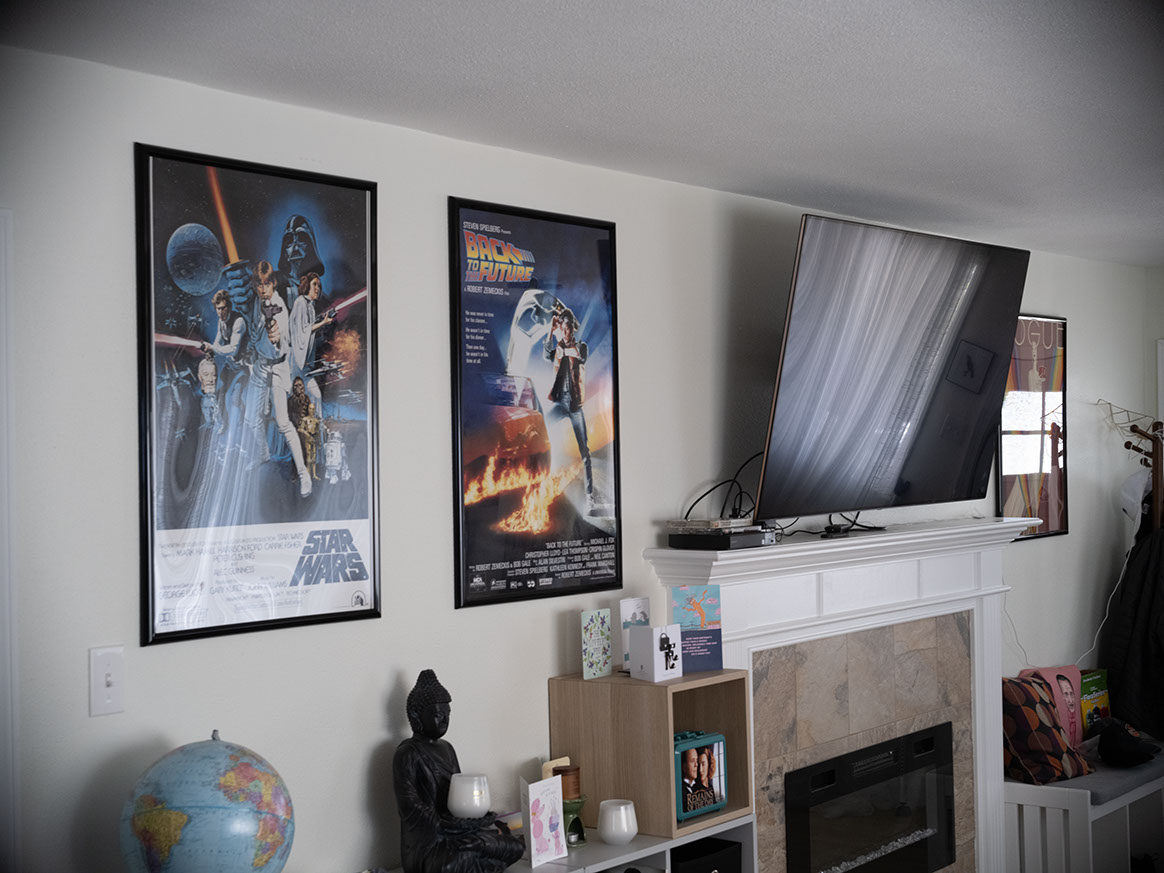
Minolta 35-70mm 70mm f11 3:2

Minolta 75-150mm 75mm f4 4:3

Minolta 75-150mm 75mm f4 3:2

Minolta 75-150mm 150mm f11 4:3
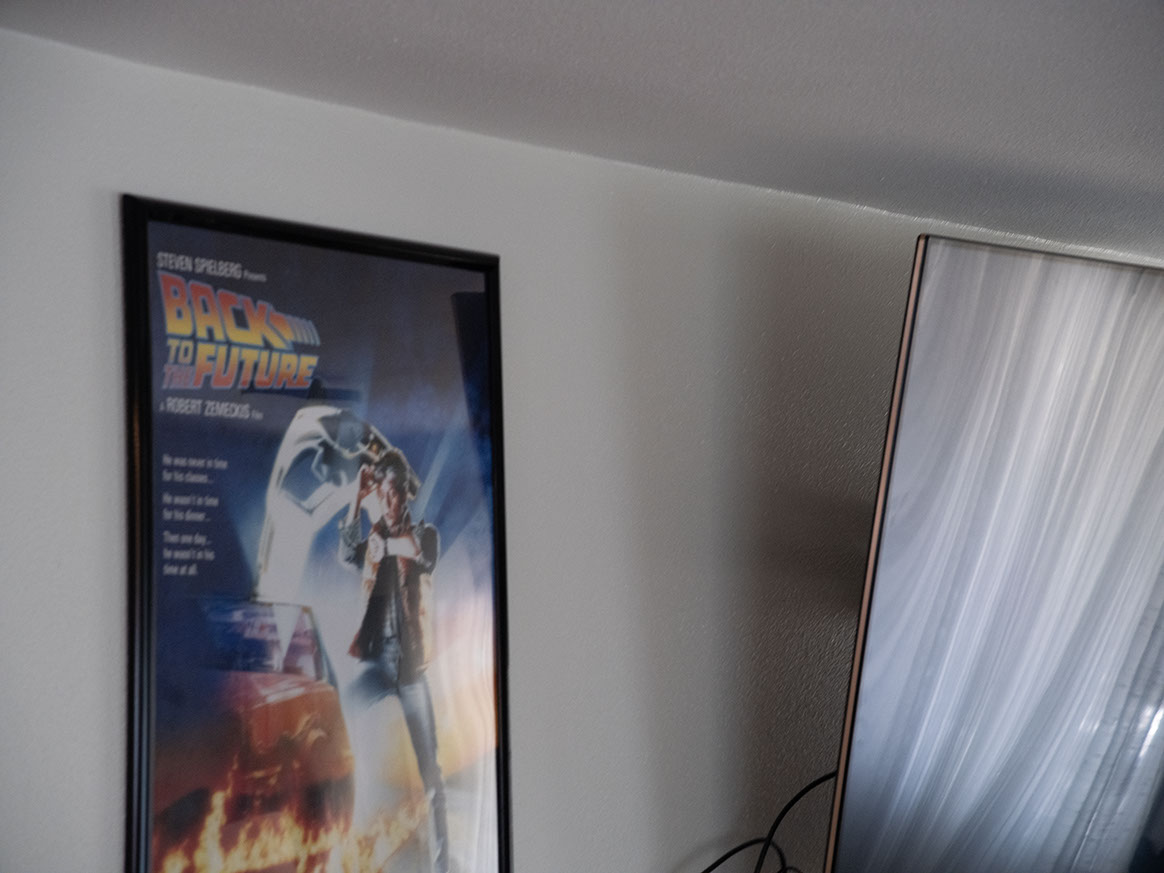
Minolta 75-150mm 150mm f11 3:2
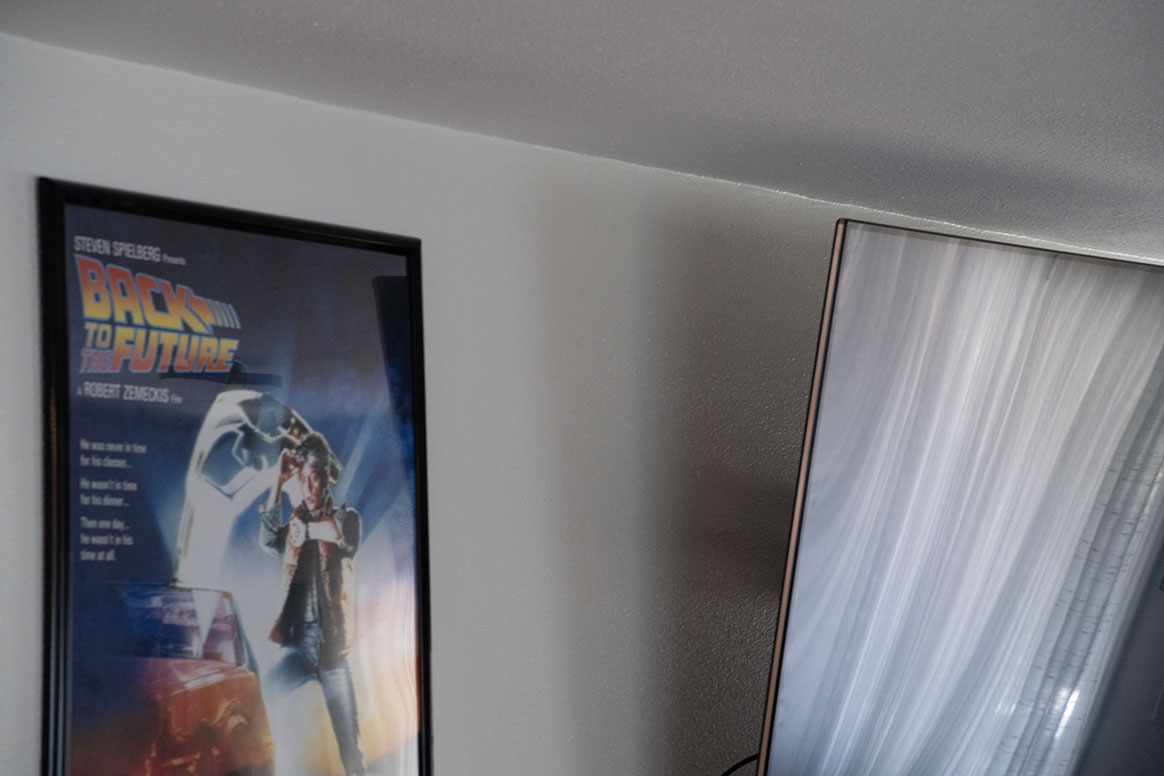
Hm, I don't seem to have permission to break this up into another reply so I guess I'll have to put the rest
here as well...
Nikon Nikkor-H Auto 50mm f2 4:3

Nikon Nikkor-H Auto 50mm f2 3:2

Nikon Nikkor 50mm f8 4:3
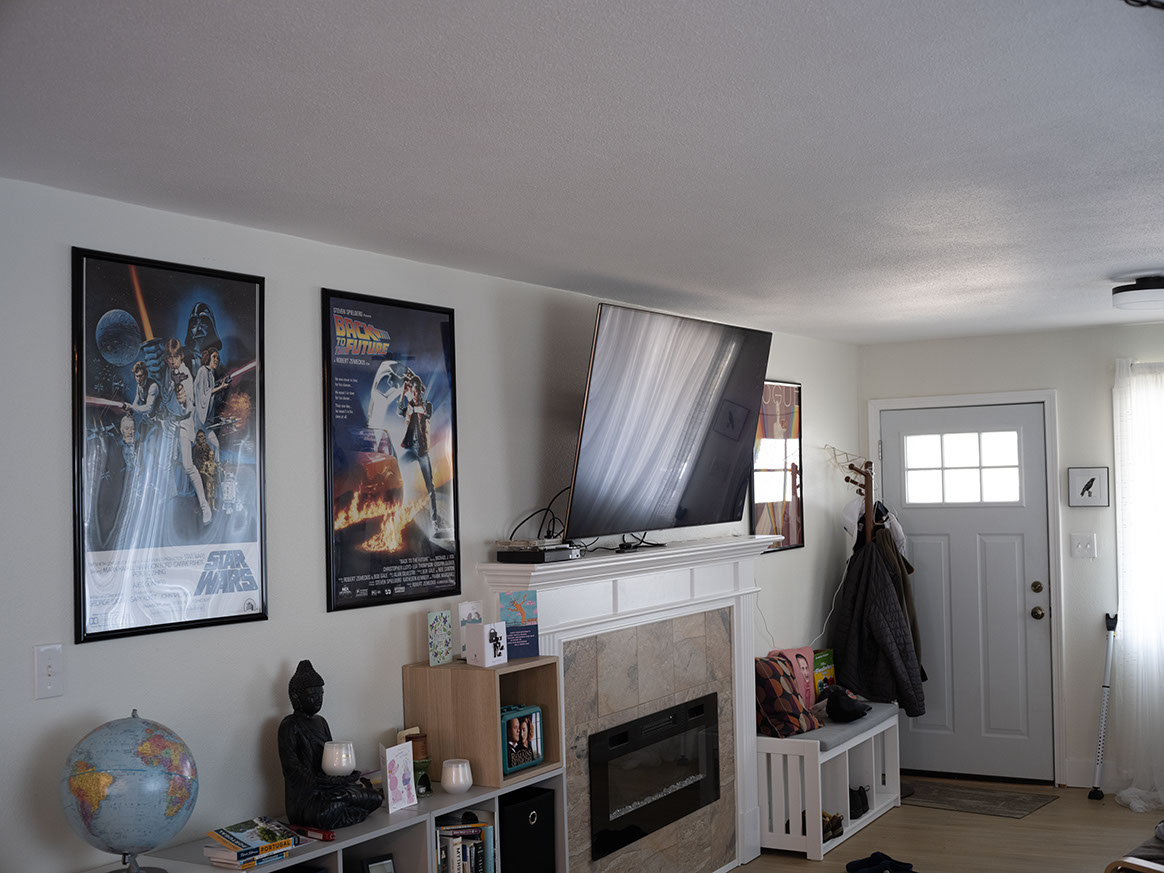
Nikon Nikkor-H Auto 50mm f8 3:2
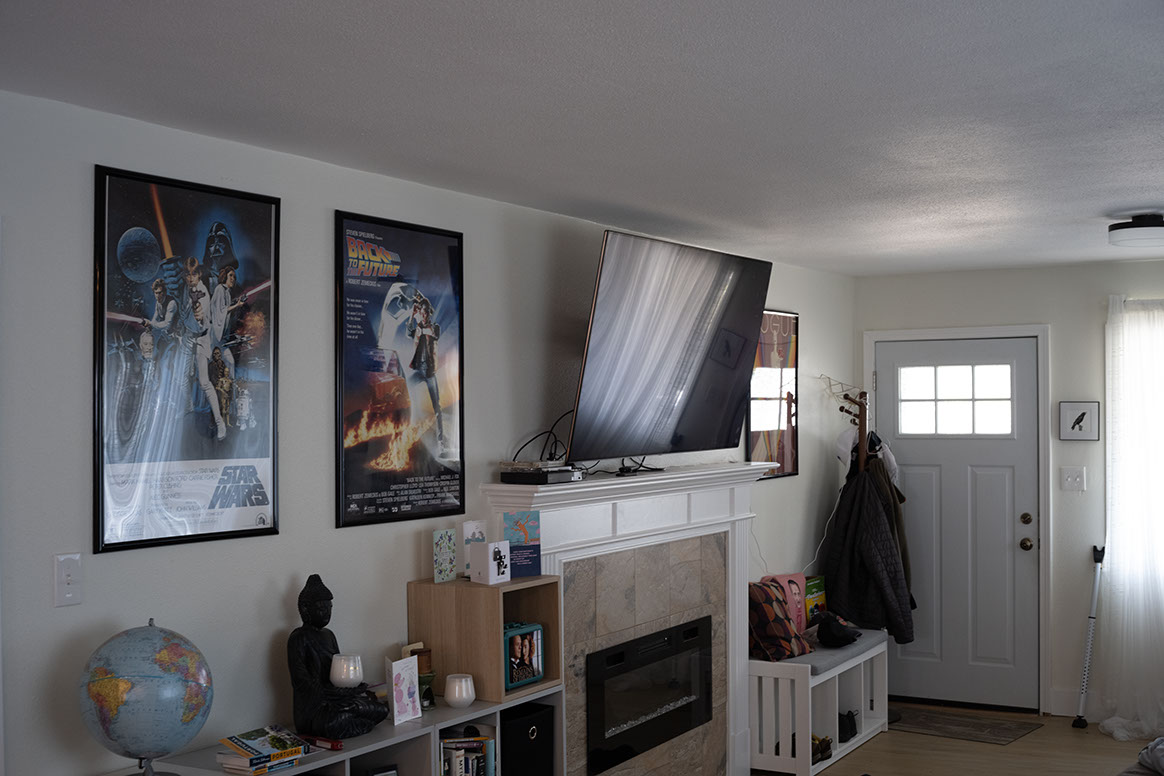
Petri Orikkor 50mm f2 4:3
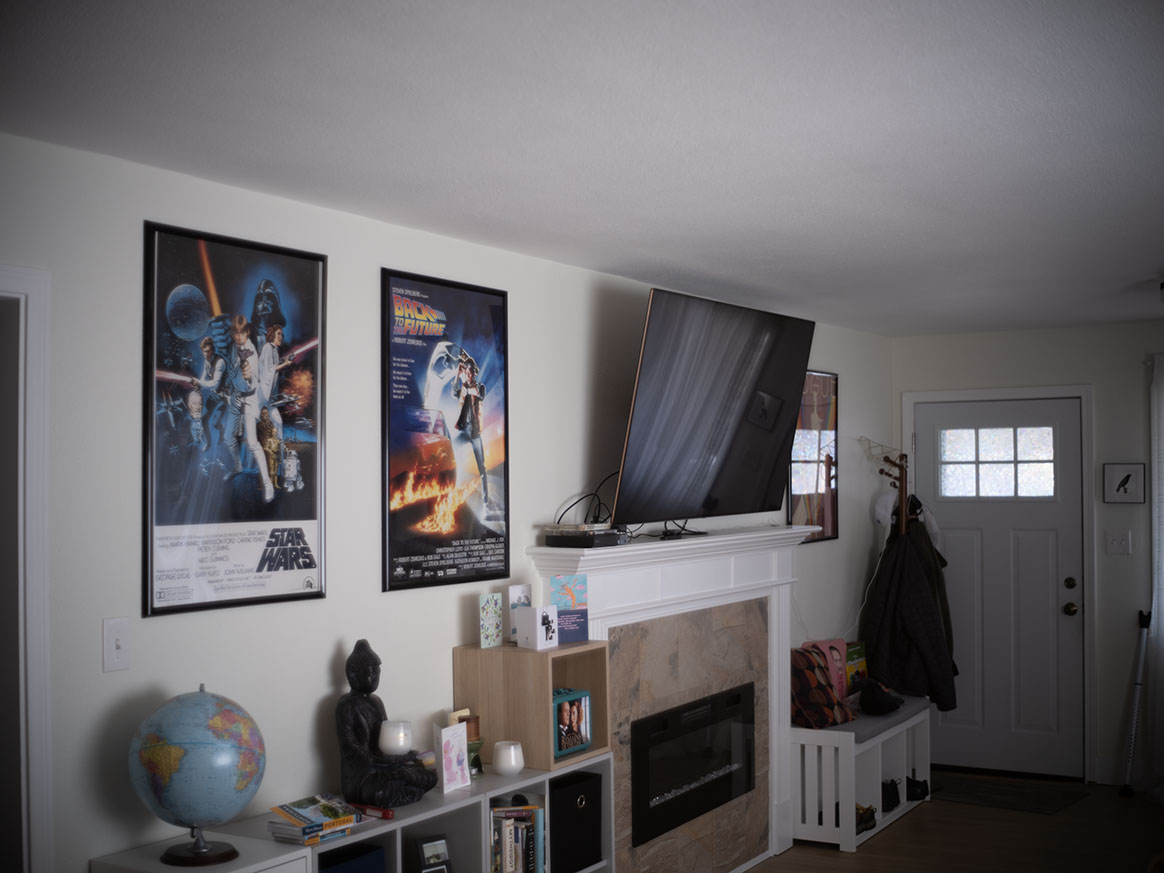
Petri Orikkor 50mm f2 3:2
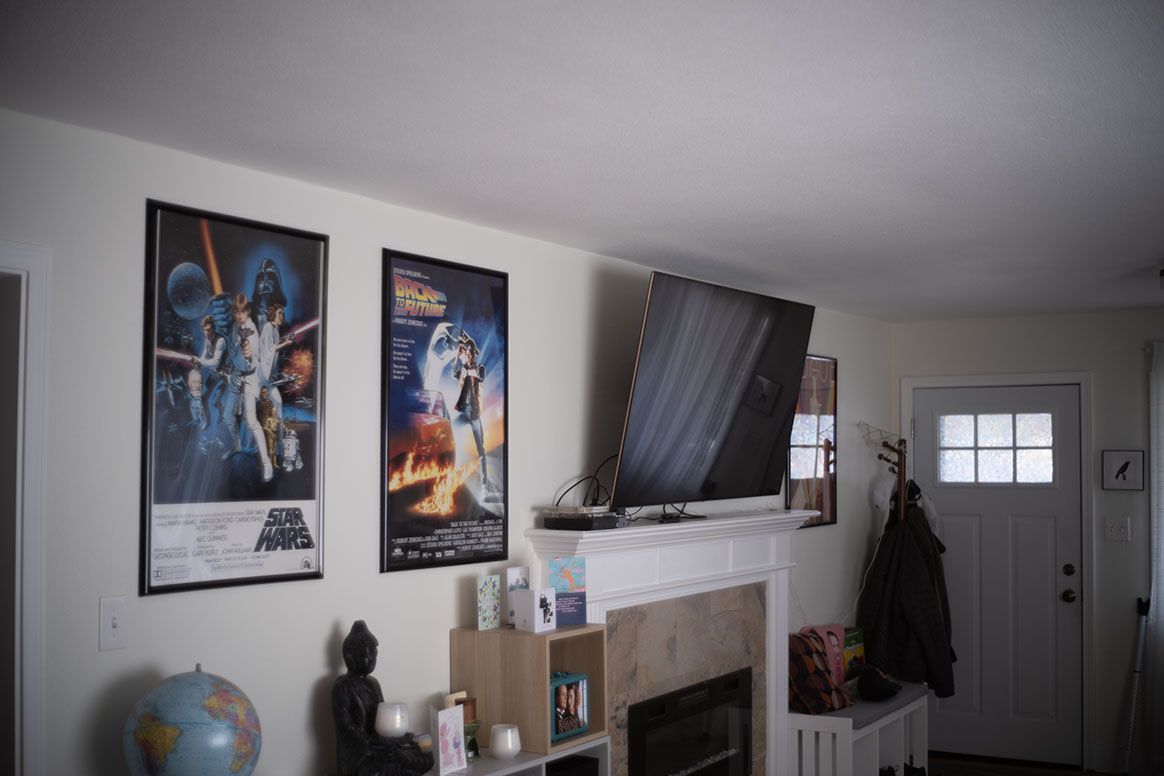
Petri Orikkor 50mm f5.6 4:3

Petri Orikkor 50mm f5.6 3:2
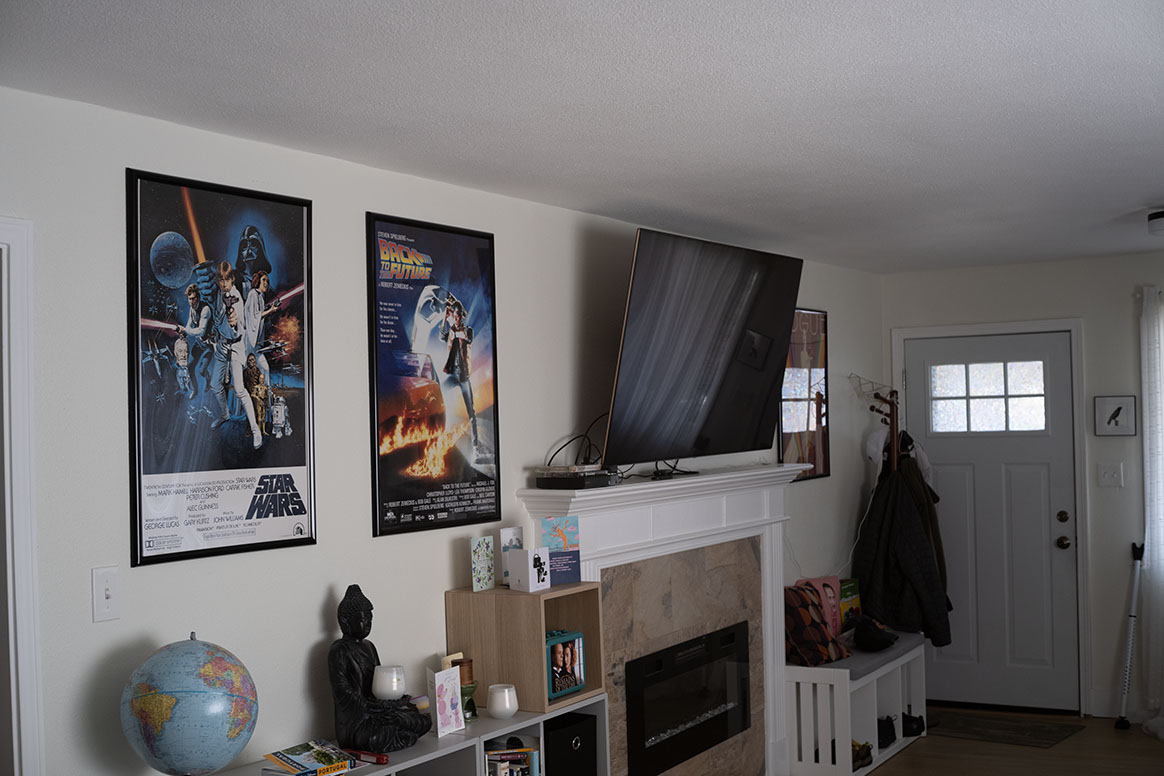
Petri 55mm f1.8 M42 4:3

Petri 55mm f1.8 M42 3:2
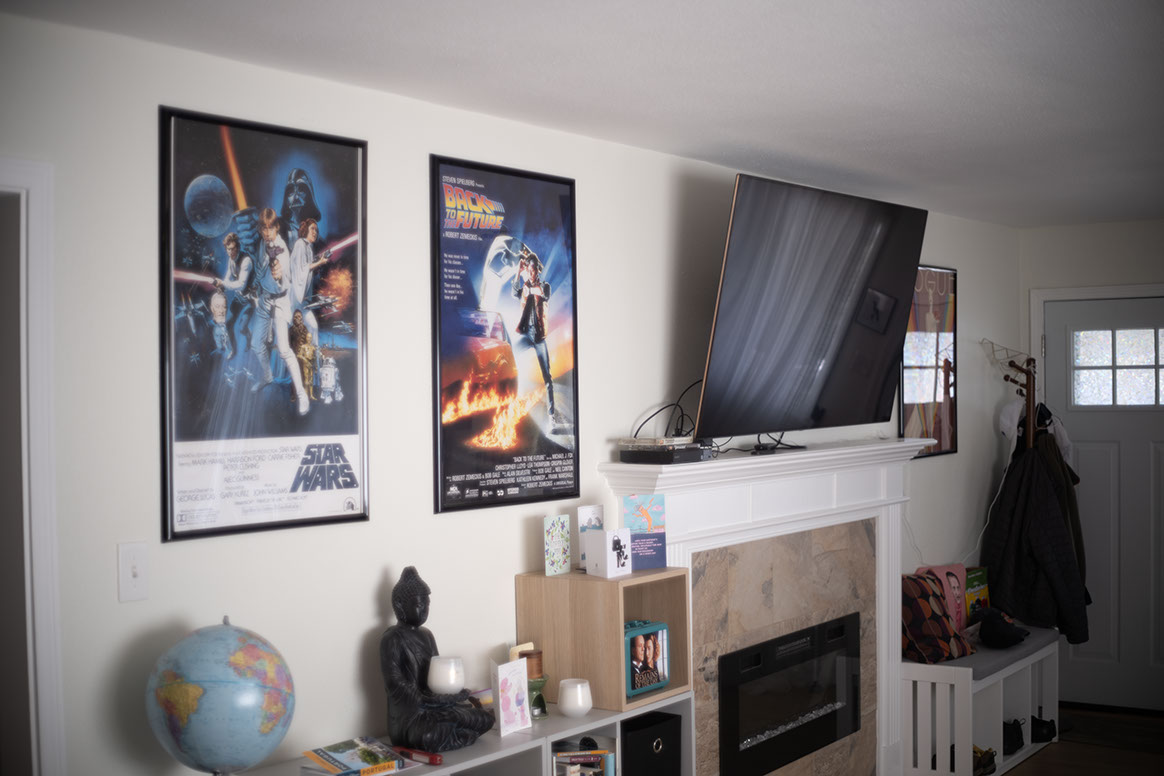
Petri 55mm f5.6 m42 4:3

Minolta Rokkor 55mm f1.9 4:3

Minolta Rokkor 55mm f1.9 3:2

Minolta Rokkor 55mm f5.6 4:3

Minolta Rokkor 55mm/1.9 f5.6 3:2
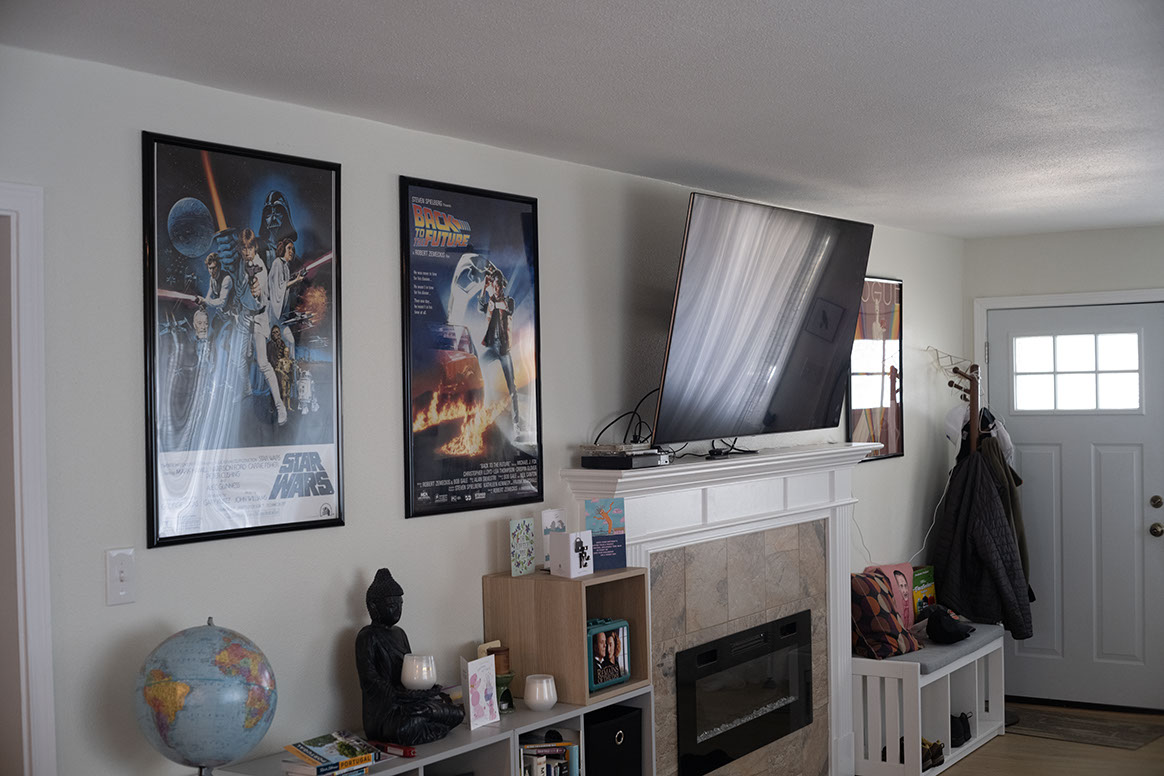 |
|
| Back to top |
|
 |
Advaita
Joined: 19 Jun 2021
Posts: 19
Location: South of Canada
|
 Posted: Sat Sep 30, 2023 5:38 am Post subject: Posted: Sat Sep 30, 2023 5:38 am Post subject: |
 |
|
Advaita wrote:
| cbass wrote: |
| If you need the better IQ, then mini MF is now within a palatable price range and now has IBIS. |
I was surprised to find a used 100S a few weeks ago at an agreeable discount (but still expensive w/ tax). So I went for it. I won't be able to afford any of the pricey GF lenses any time soon but it's flexibility allows other options in the meantime: other MF lenses w/ adapters, full frame lenses - and if the FF lenses don't cover the sensor the 35mm Crop Mode still provides 61MP(!) and without having to think as much about conversion/Dof as with aps-c crop modes. Plus the IBIS and what (IMO) is some of the best looking video that isn't from a dedicated cinema camera.
Unfortunately I will have to sell other gear to offset the cost. First world problems! |
|
| Back to top |
|
 |
calvin83


Joined: 12 Apr 2009
Posts: 7555
Location: Hong Kong
|
 Posted: Sat Sep 30, 2023 9:21 am Post subject: Posted: Sat Sep 30, 2023 9:21 am Post subject: |
 |
|
calvin83 wrote:
 
_________________
https://lensfever.com/
https://www.instagram.com/_lens_fever/
The best lens is the one you have with you. |
|
| Back to top |
|
 |
alex_d

Joined: 19 Jan 2019
Posts: 365
|
 Posted: Sat Sep 30, 2023 1:00 pm Post subject: Posted: Sat Sep 30, 2023 1:00 pm Post subject: |
 |
|
alex_d wrote:
this was very interesting series of pics to learn from, as someone who has gfx on a bucket list.
seeing all pics of the globe in lower left corner: each lens clears at 5.6. |
|
| Back to top |
|
 |
stevemark

Joined: 29 Apr 2011
Posts: 3900
Location: Switzerland
|
 Posted: Sat Sep 30, 2023 1:32 pm Post subject: Posted: Sat Sep 30, 2023 1:32 pm Post subject: |
 |
|
stevemark wrote:
| alex_d wrote: |
this was very interesting series of pics to learn from, as someone who has gfx on a bucket list.
seeing all pics of the globe in lower left corner: each lens clears at 5.6. |
Just a few prectical remarks. If you want to create "super-vintage" looking images then a GFX combined with vintage glas for 35mm cameras may be OK. If you, however, want to make use of its resolution without spending too much money you should look at vintage glass for 645 size SLRs - mainly the Mamiya Sekor C or (better) A series for the Mamiya 645, or at glass for the Pentax 645.
I have some limited experience with the GFX 50, using good Mamyia lenses such as the Sekor C 4/80mm Macro, the Sekor A 4/120mm Macro or the two tele lenses 4/210mm and 5.6/300mm. All these lenses are MUCH better suited to the GFX 50 than any vintage glass for 35mm I tried. Most of them are ridiculously cheap these days.
S
_________________
www.artaphot.ch |
|
| Back to top |
|
 |
Advaita
Joined: 19 Jun 2021
Posts: 19
Location: South of Canada
|
 Posted: Sat Sep 30, 2023 2:58 pm Post subject: Posted: Sat Sep 30, 2023 2:58 pm Post subject: |
 |
|
Advaita wrote:
| alex_d wrote: |
this was very interesting series of pics to learn from, as someone who has gfx on a bucket list.
seeing all pics of the globe in lower left corner: each lens clears at 5.6. |
Yes, there's some utility to be had from some of these lenses. I also just realized that the GFX's 7:6 crop would have been a better alternative profile to compare than 3:2. The 7:6 and 3:2 are both 90MP vs. full 4:3 102MP. I will try to post some 7:6 later.
@stevemark - it goes without saying that the best lenses for a medium format camera would be a medium format lens, preferably those native to the camera. Those f4s do seem like interesting affordable options. |
|
| Back to top |
|
 |
stevemark

Joined: 29 Apr 2011
Posts: 3900
Location: Switzerland
|
 Posted: Sat Sep 30, 2023 3:40 pm Post subject: Posted: Sat Sep 30, 2023 3:40 pm Post subject: |
 |
|
stevemark wrote:
| Advaita wrote: |
@stevemark - it goes without saying that the best lenses for a medium format camera would be a medium format lens, preferably those native to the camera. Those f4s do seem like interesting affordable options. |
Of course it all depends on what you want to do with a 100 MP camera. I myself would mainly us it for calendar images (landscape / cityscapes / architecture) but even for that size (usually 40x60 cm high quality offset printing) 24 MP is enough. And I constantly notice that people prefer the 24 MP Sony A900 photos over the 43 MP Sony A7II stuff ... (better processing of light / shadow). And testing the GFX50 extensively I was shocked how bad it was for high contrast sceneries (objects of art was a different story though, here the GFX was slightly better than the A7RII).
Anyway - I have been working with said Mamyia Sekor C lenses on different occasions, both with the GFX50 as well as with the A7RII. The pixel density of the A7RII corresponds to about 75 MP on 33 x 44 mm sensors, and the Mamiyas work well with those requirements. I would expect they are pretty useable on 100 MP GFX sensors as well.
S
_________________
www.artaphot.ch |
|
| Back to top |
|
 |
Advaita
Joined: 19 Jun 2021
Posts: 19
Location: South of Canada
|
 Posted: Sat Sep 30, 2023 3:53 pm Post subject: Posted: Sat Sep 30, 2023 3:53 pm Post subject: |
 |
|
Advaita wrote:
For context
Mamiya 645 80mm f2.8 4:3
 |
|
| Back to top |
|
 |
stevemark

Joined: 29 Apr 2011
Posts: 3900
Location: Switzerland
|
 Posted: Sat Sep 30, 2023 4:53 pm Post subject: Posted: Sat Sep 30, 2023 4:53 pm Post subject: |
 |
|
stevemark wrote:
| Advaita wrote: |
@stevemark - it goes without saying that the best lenses for a medium format camera would be a medium format lens, preferably those native to the camera. Those f4s do seem like interesting affordable options. |
AGAIN A WARNING - FORUM SOFTWARE AND/OR BROWSER ARE CHANGING THE PERCEIVED COLORS AND "SHARPNESS" SUBSTANTIALLY - IT'S BEST TO DOWNLOAD THE IMAGES AND WATCH THEM ON A DEDICATED SCREEN / SOFTWARE COMBINATION SUITABLE FOR IMAGE PROCESSING!
Mamiya Sekor C 5.6/300mm on a 100 MP "large MF" (36mm x 54 mm) sensor:
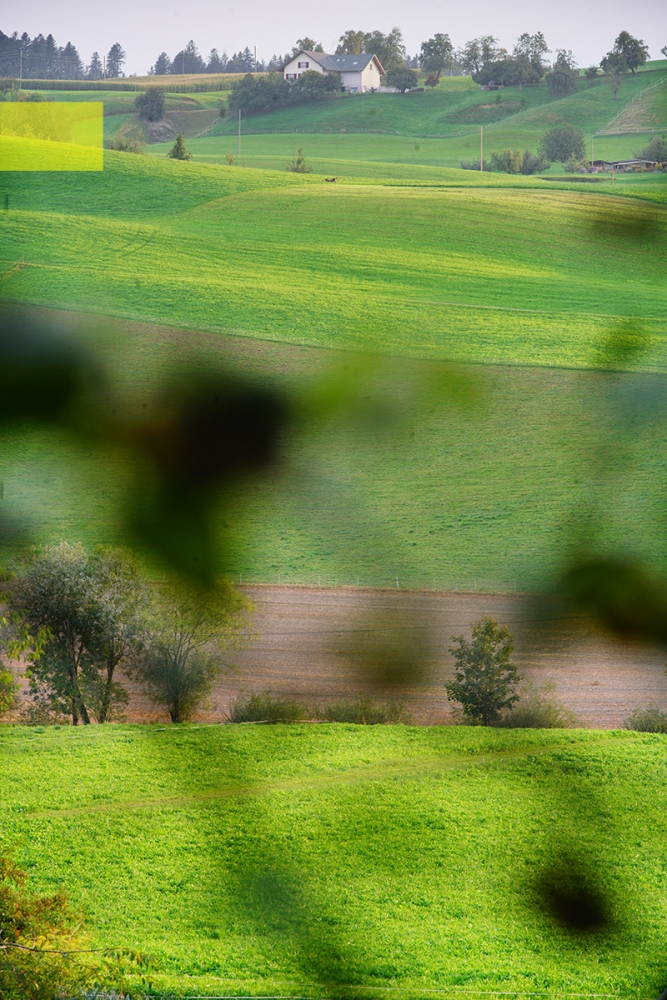
The amount of detail is insane (100% crop from above image, no CA correction applied):
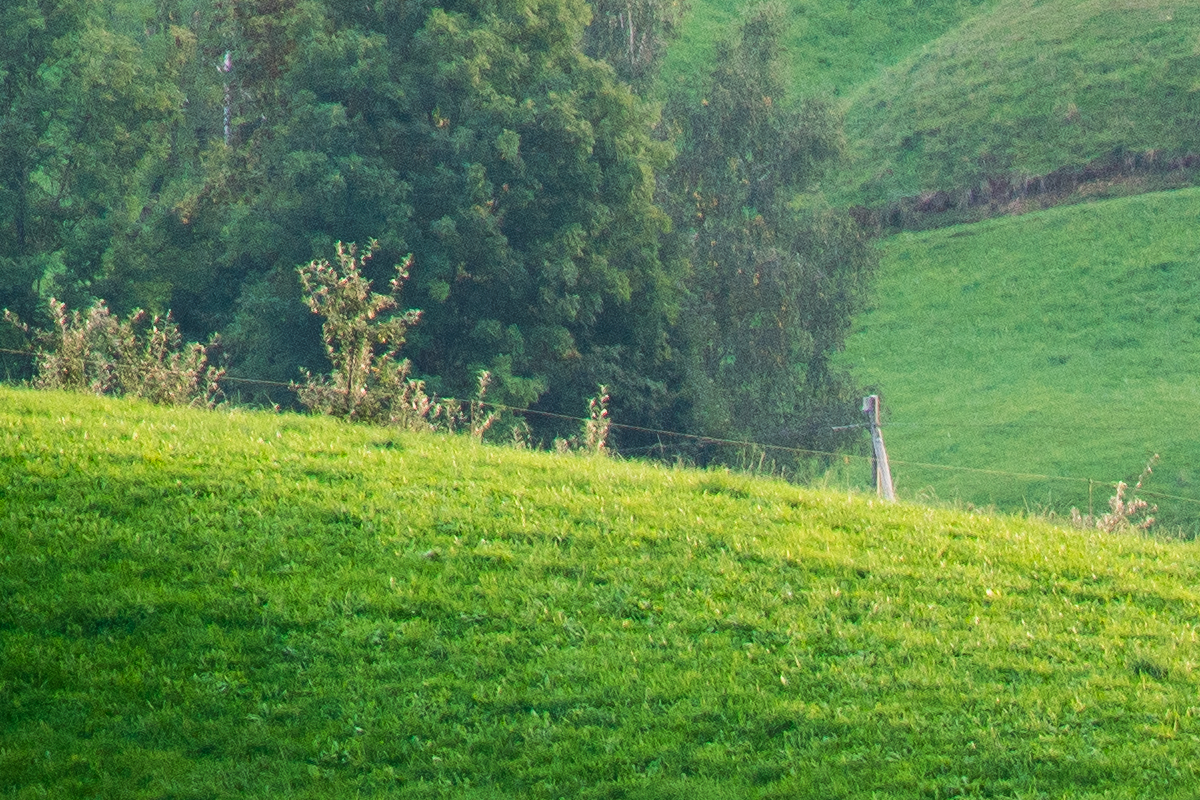
S
_________________
www.artaphot.ch |
|
| Back to top |
|
 |
|
|
